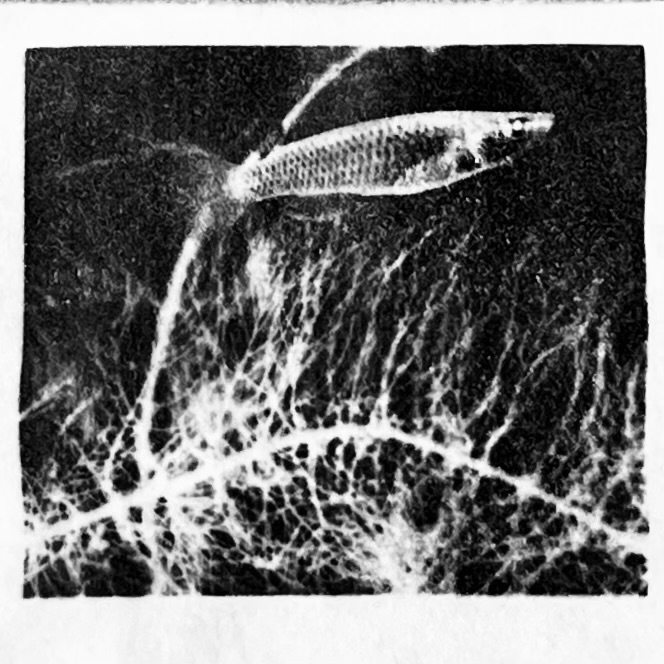Author: Han Wen
-
Dialogue Sampling
During the creative process, I sampled a dialogue from the film Memory by Thai director Apichatpong Weerasethakul. It’s a piece about “the sound that only I can hear”: the heroine is repeatedly disturbed by a strange sound, and the doctor calmly tells her that many people in the city suffer from “delusions of grandeur”. The…
-
物の哀れ(mono no aware)
Definition and Origins: From The Tale of Genji to Motoori Norinaga The concept of mono no aware can be traced back to Japan’s Heian period (794–1185), most notably in the literary classic The Tale of Genji. Written by Murasaki Shikibu, this monumental work portrays the impermanence of life and the ebb and flow of fate…
-
Live Coding
I was introduced to strudel during a live coding workshop, and I think it’s a very interesting experiment to hear the effects immediately and make adjustments while writing code. strudel’s syntax is designed to be easy to understand, and it’s perfect for live performance.And I created a short clip. notes: $:sound(“sth.”) n:Indicate pitch (numbered by…
-
Modular Synth
This week I focused on my study of the modular synthesiser, I experimented with various wiring connections to create sound pieces.In one of the attempts a rain soundscape was created, accompanied by birdsong and raindrops hitting a rubber shed Below are the study notes. VCO Oscillator – generates sound VCF Filter – shapes the tone…
-
Dataplex
Dataplex (stylized as dataplex) is a 2005 album by Japanese sound artist Ryoji Ikeda.The first 19 tracksoriginate from tiny flecks of noise, clicks, and pulses of pure sine tones ranging from dogwhistle-high to bowel-shakingly low. They’re arranged with surgical precision into short slices of minimalist art-techno; funky in a very cerebral, molecular sort of fashion. This is a good…
-
Notes
mono–monophonic one sound stereo–uses two audio channels: the left and the right 5.1 Front Left (FL) Front Right (FR) Center Channel (CNT) two surround channels (Surround Left – SL and Surround Right – SR) low-frequency effects (LFE) channel designed for a subwoofer 7.1 FL FR CNT SL SR LFE plus two rear surround channels (SBL and SBR) 12.1 FL FR CNT LFE SL SR rear…
-
Analog
I’m trying to use analogue to sculpt the various tones in strange things.I think it’s a time consuming process because I need to figure out each parameter one by one without having a good grasp of how the waveforms are modulated into the various tones.In the process, I learnt not only about the control of…
-
Frequency distribution of the GREEN
Hiroshi Yoshimura’s “Green” (1986) is one of my research cases on Japanese ambient music.The frequency distribution of this piece is representative for symbolising Japanese culture and history.As can be seen in the figure, the frequency of the piece has a cyclical character, which echoes the Japanese culture that emphasises the cosmic order of cycles and…
-
Synthesizer Attempt
In class, I tried several synthesizers. Among them, three left a deep impression on me: Korg Minilogue, ARP Odyssey, and Moog Matriarch. Here are some of my experiences using them:
-
Culture in sound
Through the study of Japanese ambient music, I have discovered its reconstruction of local identity in the tide of globalization. For instance, David Novak’s marginal circulation theory reveals its essence: the combination of Western electronic technology and Eastern spirituality. The shock of post-war modernization and the collapse of the bubble economy forced artists to rewrite…
